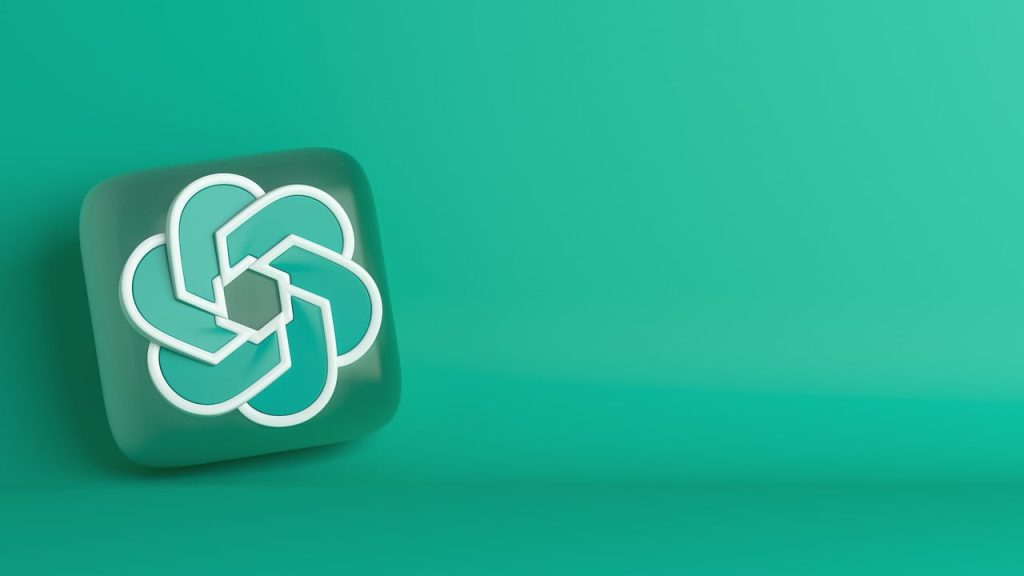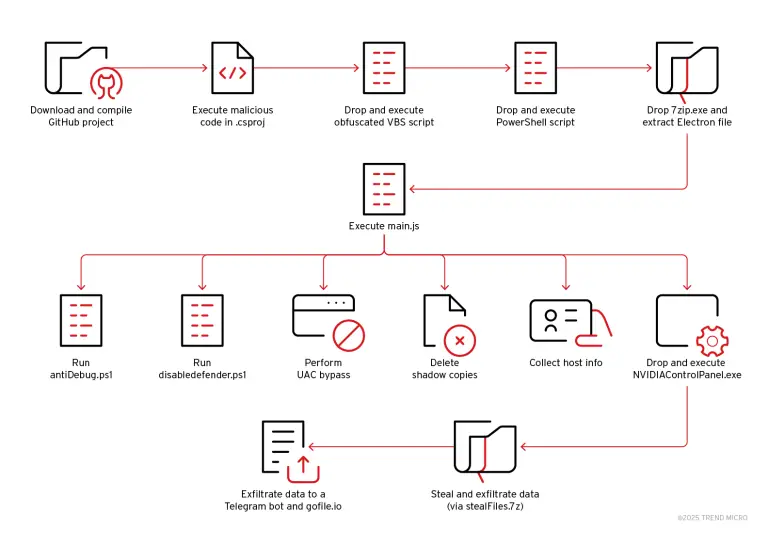
After spending several hours immersed in a military cyber-operations simulator, one player made a curious observation: within the game’s module simulating the NSA’s mass surveillance system XKeyscore, the primary mechanism was pattern analysis — the very same faculty that underpins ChatGPT’s capabilities.
XKeyscore is a real NSA surveillance tool, exposure of which came through Edward Snowden’s revelations in 2013. It represents an analyst’s dream and a privacy advocate’s nightmare. In the game’s version, players were tasked with dragging and connecting data points, constructing links between events, individuals, and locations.
It soon became clear that ChatGPT, in the real world, performs remarkably similar functions. Whether parsing source code or analyzing quarrels in text exchanges with a girlfriend — where the AI stubbornly refused to take sides — the essence remained unchanged: the search for patterns and the interpretation of context.
Intrigued by this realization, the player decided to put ChatGPT to the test — and the results exceeded expectations. The AI not only identified patterns but also constructed logical contexts, transforming into a formidable analytical engine reminiscent of intelligence service capabilities.
Though the user emphasized he had no ties to government agencies, he firmly believed that ordinary individuals, with sufficient skill, could conduct full-scale intelligence operations independently. In an age rife with stalkers, scammers, and other digital malefactors, such abilities are increasingly vital. Yet, he noted, in hacker circles, the real understanding of OSINT methods remains shallow despite the buzz surrounding the topic.
Handling vast volumes of information has become part of his daily routine — monitoring forums, chats, and Telegram groups linked to hacker activity. What once demanded sleepless nights fueled by energy drinks is now aided by an unexpected ally: ChatGPT, immune to fatigue.
His first serious experiment involved monitoring a pro-Palestinian hacktivist group affiliated with Anonymous on Telegram. The chat was a chaotic torrent of news in Arabic, Hebrew, and English. Standard translation tools proved inadequate, lacking the contextual sensitivity required for meaningful comprehension.
The user exported the entire text archive (sans media files) into a .zip format and began uploading it into ChatGPT. Confronted by limits of 512 MB and 10 files per upload, he merged files to circumvent the restrictions. Upon unpacking, ChatGPT automatically indexed the messages, extracted timestamps, and constructed a chronological timeline of events.
Although Telegram’s default deletion of image metadata thwarted image-based analysis, ChatGPT excelled in another domain: it identified the most active users and detected stylistic similarities across multiple accounts, suggesting that several profiles were operated by the same individual. Temporal patterns further enabled inferences about the operator’s likely time zone.
To visualize activity, ChatGPT generated a heatmap of posts — the darker the red, the higher the volume of messages per hour. Within each cell, the number of messages was indicated. This allowed the user to isolate four accounts that, judging by the data, were likely controlled by a single entity despite their nominal separation.
The next phase involved psychological profiling of the group, focusing on aspects such as:
- Geopolitical and ideological orientation of participants
- Hacktivist ideology
- Target selection strategies
- Organizational strength and internal structure
The analysis revealed that the group was actively promoting narratives aligned with Hezbollah, Hamas, and the Islamic Revolutionary Guard Corps (IRGC). While no direct material support for terrorist organizations was detected, the group’s rhetoric resonated deeply with “Axis of Resistance” ideology, praising Iranian allies and echoing slogans and quotations typical of such movements.
The group operated within a gray zone, skillfully manipulating information. A blend of shocking imagery, unverifiable facts, and half-truths generated emotional overload among participants, fostering urgency and impulsive actions. The user, drawing on past experiences with a religious cult, recognized the telltale signs of classical psychological manipulation.
The group’s informational ecosystem was engineered to erode critical thinking through relentless content bombardment, effectively converting participants into amplifiers of propaganda. Fact-checking was virtually nonexistent.
The investigation did not end there. The user acquired several voice recordings for analysis. Though ChatGPT could not detect accents with human precision, it performed an acoustic examination, identifying features such as:
- Hyper-uniform intonation typical of AI-generated speech
- Absence of natural breathing sounds
- Presence of unnatural pauses
- Tonal stability lacking emotional fluctuations
Based on these markers, ChatGPT concluded that the recordings were produced by a real human. Through linguistic analysis, it even inferred a slight western or southern North American accent — an assessment validated when the user confirmed he was from Texas.
To streamline future investigations, he developed a master list of OSINT queries for ChatGPT, automating the analysis of target data. This tool enabled the rapid generation of full-fledged intelligence reports, complete with charts, statistics, and downloadable PDFs.
Thus, ChatGPT has evolved into a genuine ally in the realm of civilian intelligence — a tireless, dispassionate assistant capable of uncovering connections, building profiles, and analyzing vast information landscapes with precision and resilience.


